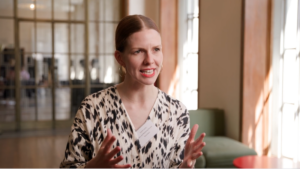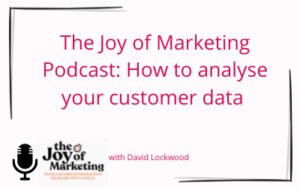This month we’ve been chatting to multi-channel retailers about their acquisition strategies for AW21. In our last post, we discussed timings for promotions, discount strategies, and how to create unique marketing campaigns. Here, we explore how retailers can overcome potential hurdles across online and offline channels.
Prepare for paper shortages and price increases
With potential printing and paper issues on the horizon – not least due to rising gas prices affecting paper production – retailers need to prepare for potential shortages well in advance of their Black Friday promotions. They should also allow enough budget should prices suddenly rise.
Retailers also need to be prepared to submit their paper forecasts earlier. For instance, in the US, retailers are being asked to do this four months in advance. What’s more, paper is increasingly being rationed, leaving little room for movement on orders. Although the situation in the UK is less severe, we are seeing lead times around a month earlier than usual.
Maintain a close dialogue with your printer
Printers have also been affected by the global supply chain crisis this year, so it’s important to make sure your supplier is on track to deliver your catalogues to your mailing house on time. Rather than trying to be agile and adopt a just-in-time approach, it makes more sense to build in longer lead times for printing requirements this year. It may even help to speak to a print consultancy or other printers to explore the options – including having a back-up printer in mind – should your current printer run into difficulties.
It’s also worth considering having a separate paper supplier from the printer – even if you need to store it in a warehouse before shipping to the printer – in case you need to prove ownership during an audit.
Overcoming online challenges
The recent introduction of iOS 14’s ATT (App Tracking Transparency) has left a measurement and targeting void in paid social advertising on Apple devices. In fact, Tapestry has seen an average fall in response rates of over 26% across its client base. To work around this measurement gap, we would recommend targeting a particular geographical region with extra paid search advertising over a short period of time, then measuring the direct orders (using customer postcodes) to determine uplift in that area. Alternatively, retailers can use incrementality testing, where paid social in a geographical region is suspended completely for a period of time, but this approach may be too expensive for some brands.
Meanwhile, average Cost per Click (CPC) rates on paid social have seen a dramatic inflation of 15-20% this year, which looks set to increase further over the coming months. And so while this channel remains a great tool for reach, many brands are not finding it efficient enough to drive purchases. To mitigate this, Facebook is offering server-side tracking, where their platform connects directly to the retailer’s website in order to measure conversions.
However, one alcohol subscription company decided to avoid this approach completely, due to privacy and GDPR concerns. Instead, they opted to embrace the post-cookie world by focusing on first-party data. They are building a new strategy using their own Customer Data Platform (CDP), as well as keeping users within the Facebook platform up to the point of purchase. This involves using video and engagement activity to build retargeting audiences without third-party cookies, and only sending the customer to the website when they’re ready to purchase. The company is also taking advantage of Facebook’s Collection Ads and Instant Experiences, where payment is collected directly on the platform.
While Autumn/Winter 2021 brings some unique challenges, they are surmountable with the right marketing plan in place. Being prepared for supplier issues, and ramping up engagement around the point of purchase, will help retailers enjoy a prosperous season ahead.




